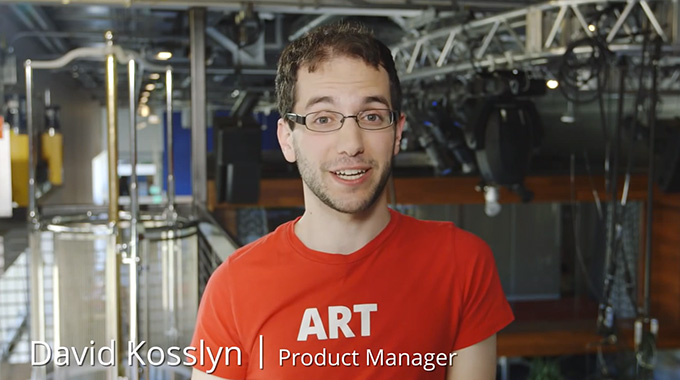 YouTube is still by far the largest video platform on the web. At last count YouTube saw over 1 billion views per month from across the world. Entertainers, musicians, comedians and YouTube stars all still prefer YouTube because of it’s more robust platform. But, we would by naive to think that YouTube isn’t at least a little bit worried about quick clip video formats Vine and Instagram.
YouTube is still by far the largest video platform on the web. At last count YouTube saw over 1 billion views per month from across the world. Entertainers, musicians, comedians and YouTube stars all still prefer YouTube because of it’s more robust platform. But, we would by naive to think that YouTube isn’t at least a little bit worried about quick clip video formats Vine and Instagram.
How popular is Vine? Enough to make several teenagers into almost overnight Vine sensations with millions of followers waiting with bated breath for their next six second video update. A recent mall meet up for Vine stars Jake and Paul Logan drew over 20,000 screaming girls to a mall in Ohio.
Fundamentally Vine shouldn’t take anything away from YouTube. What it has done is helped fuel an effort for YouTube to become more creator centric on the mobile front.
YouTube has announced a new Creators app. As of right now the app allows creators to go straight to their channel, manage their channel, uploads and comments without having to sift through multiple screens on the general YouTube app. They plan on adding more features to the app and hope to bring all of YouTube’s creator tools to the mobile platform.
YouTube plans to add editing features and other features that make content creation easier on a mobile device to the app but they are relying heavily on user, or rather creator feedback, to decide exactly what features to put into the mobile app.
At the same time YouTube has also announced that they are exploring royalty/revenue sharing options where artists who’s songs appear in YouTube videos will split some of the revenue from ad units within those videos. Over the past three years YouTube has taken a much more active role in working with artists. Earlier on, if a YouTube creator tried to use an artists song in their video it was immediately taken down. Now, if a song is detected the creator typically gets notified and if the video is in good taste the artists song is usually not taken out.
As PhoneArena reports, YouTube has always had a strained relationship with the RIAA and just the fact that they are making an effort to help get artists a cut of this revenue is a big step in the right direction.
YouTube has also said they’re looking at ways for people to contribute to creators directly, possibly in a crowdfunding model of sorts.
And speaking of the crowd, YouTube’s Director of Creator Product Management, Matt Glotzbach has said that they are looking into a crowdsourced caption annotation feature opening up the caption ability to the entire world a la Rap Genius style.
What do you think of all these YouTube features, let us know in the comments.

